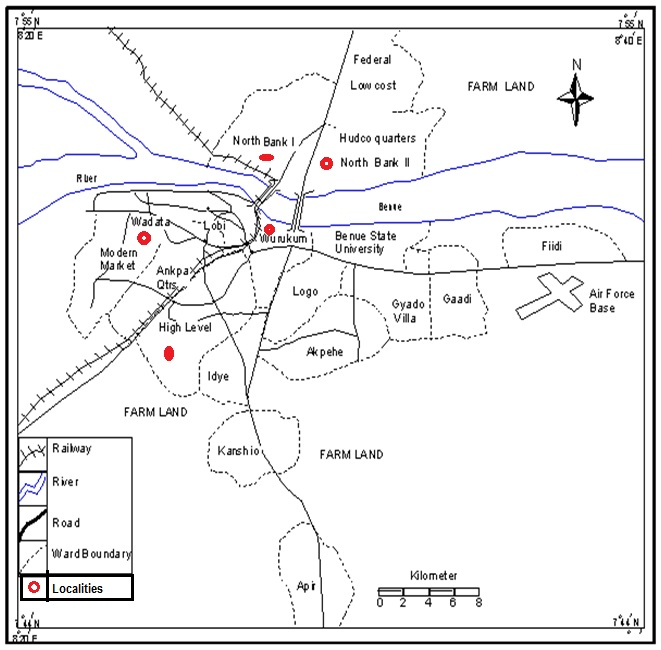"International Journal of Mosquito Research"
Vol-1, Issue-4
Seasonal changes of microfilarial infection and infectivity rates in mosquito populations within Makurdi, Benue State, Nigeria
Authors: Manyi, M. M, Vajime, C.G and Imandeh, G. N.
Studies on the infection and infectivity rates of Wuchereria bancrofti in mosquito populations in Makurdi, Nigeria were carried out over a 12 month period in four localities. Adult female mosquitoes (4,320) were morphologically identified and dissected following standard keys and procedures. 1,040 (24.1%) were Anopheles gambiae s.l.; 641 (14.8%) were Anopheles funestus Giles and 2,418 (56.0%) were Culex quinquefasciatus Say while 221 (5.1%) were tagged ‘unidentified’ Anopheles species. The overall microfilarial infection and infectivity rates were 10.1% and 4.8% respectively. The microfilarial infection and infectivity rates differed significantly (ANOVA; χ2 test p<0.05across vector species, study months and the localities surveyed. The findings indicate that Makurdi is endemic for lymphatic filariasis, and that Anopheles gambiae s.l. and Anopheles funestus were potential vectors of lymphatic filariasis in Makurdi while Culex quinquefasciatus was the major vector. This work may provide an entomological baseline data required for evaluation and implementation of vector control interventions in the study area.

Fig: Map of Makurdi Showing the Study Localities (Ministry of Lands and Survey Makurdi, 2011).
Download Full Article: Click HereClick Heresee
